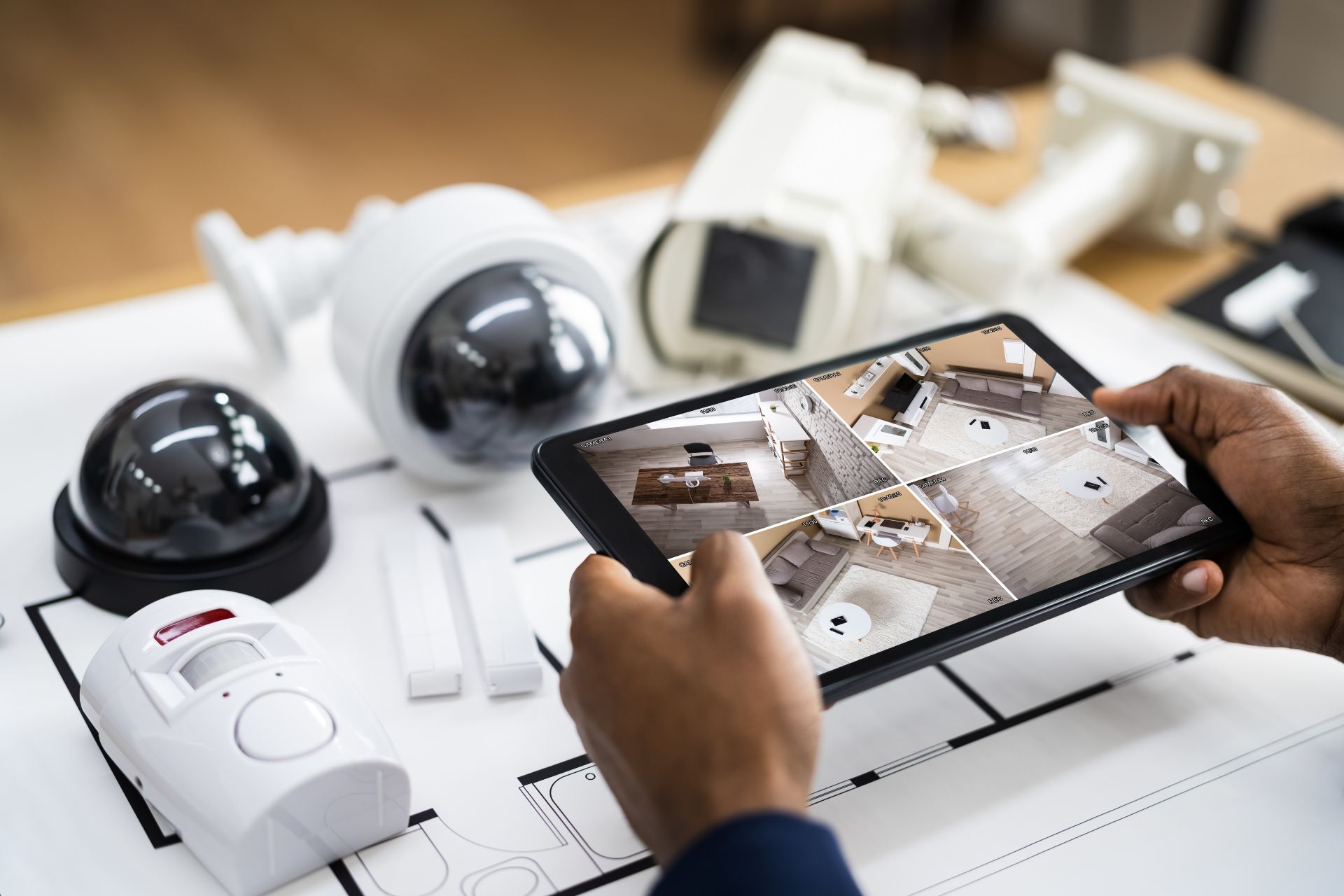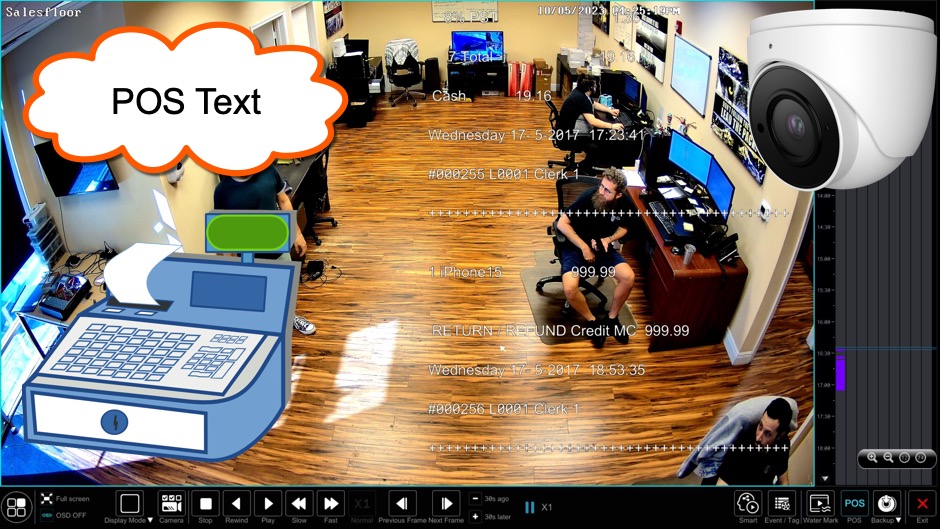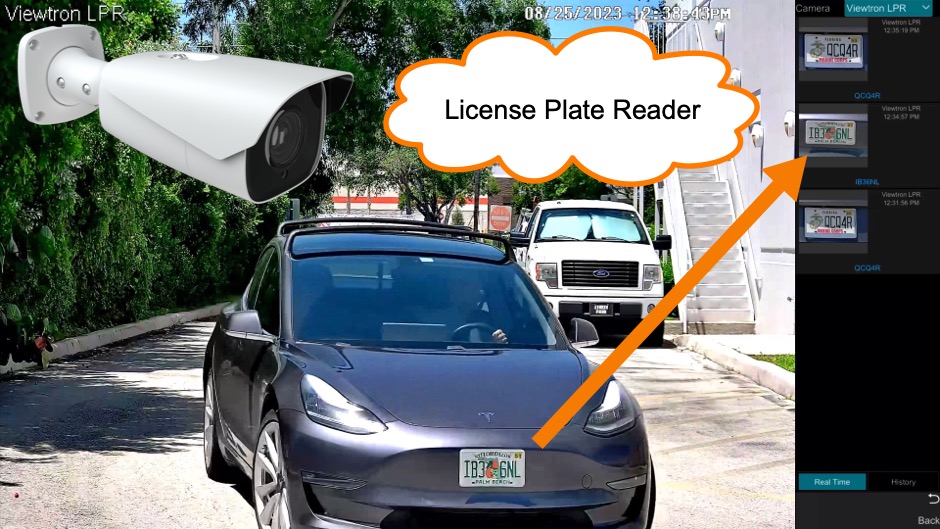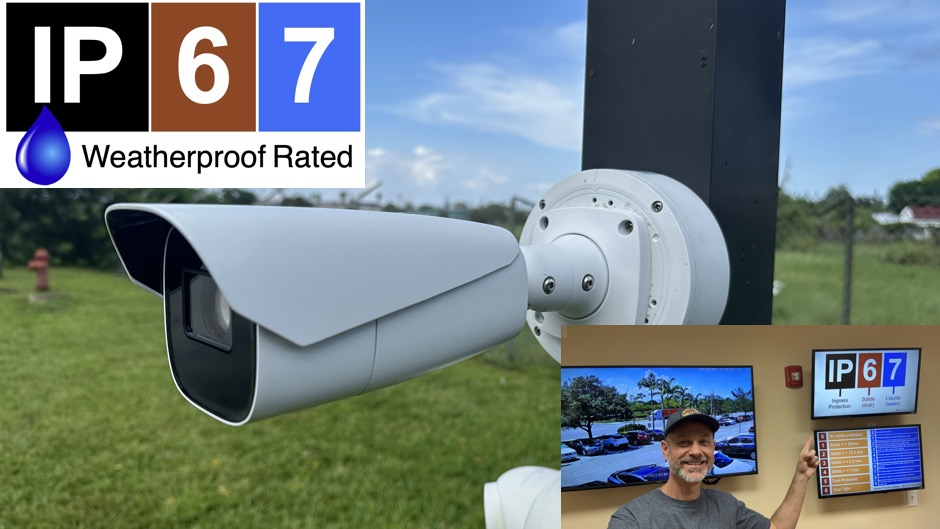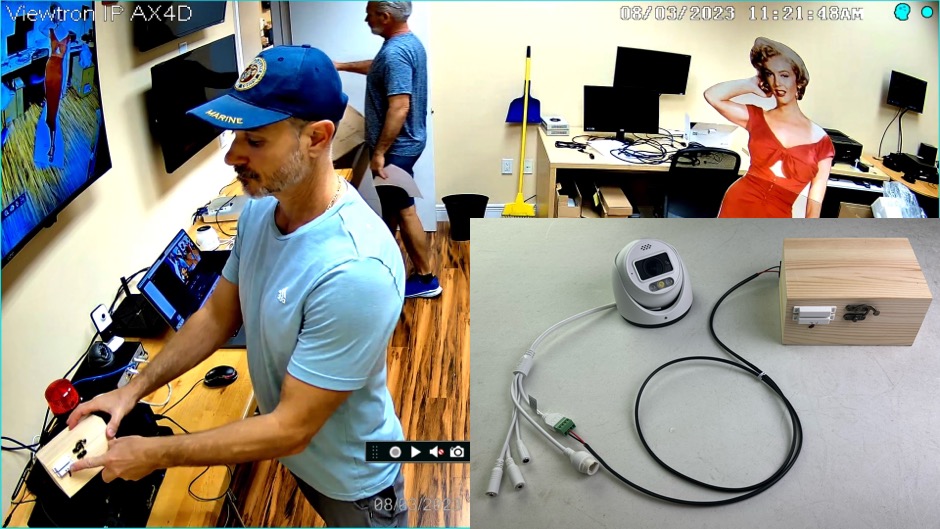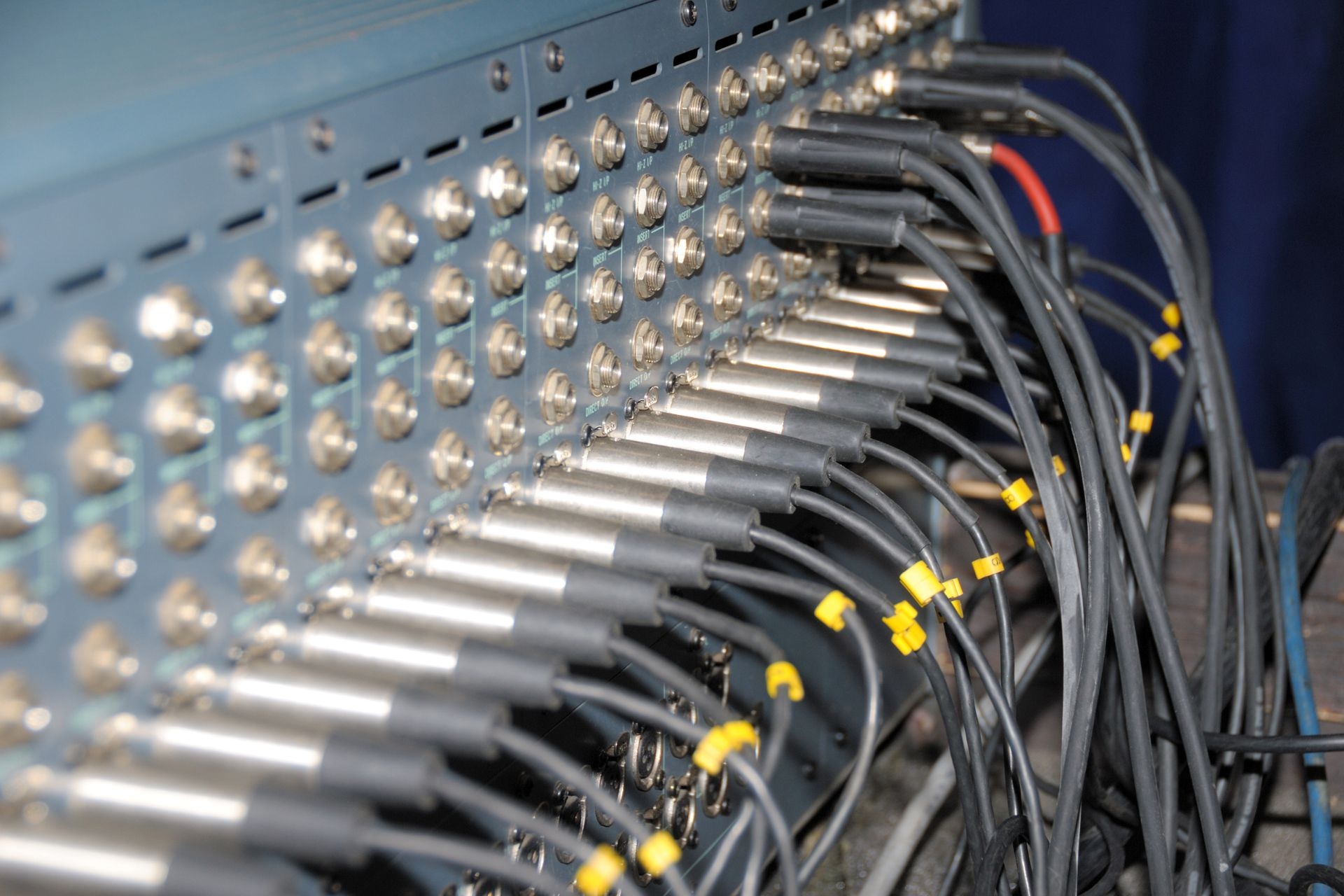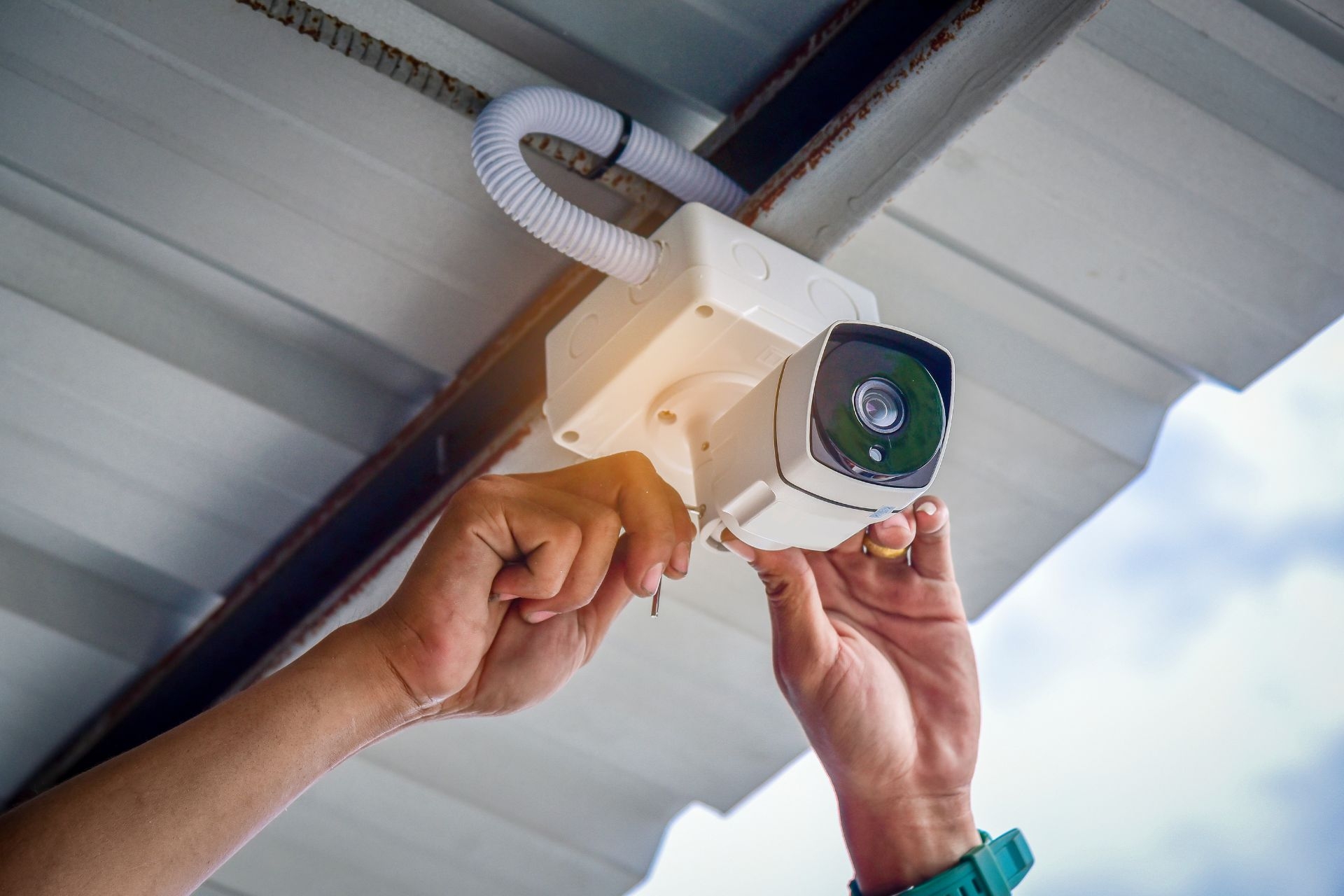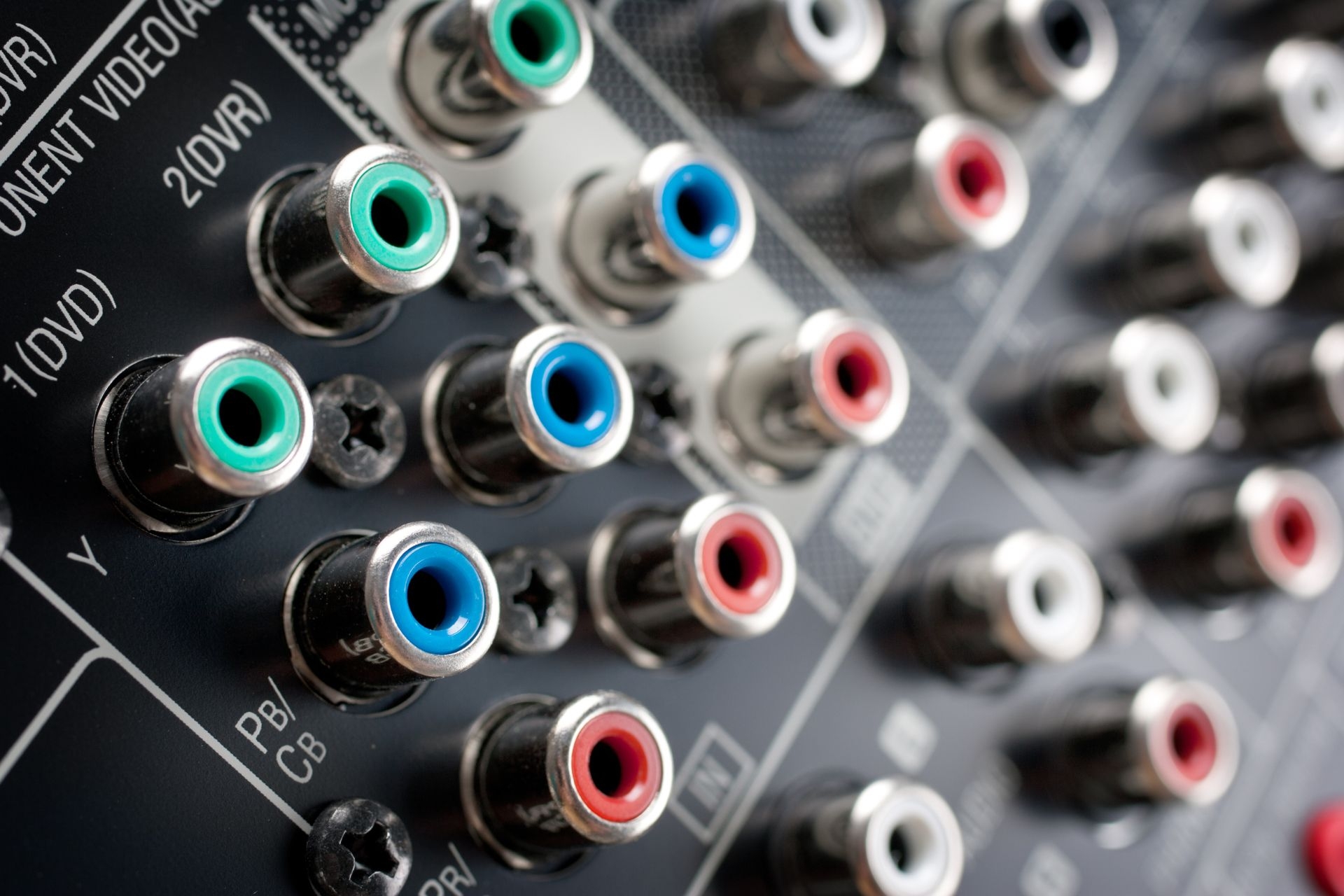Drone Surveillance Solutions
How do drone surveillance solutions utilize AI technology for object recognition?
Drone surveillance solutions leverage AI technology for object recognition by utilizing deep learning algorithms to analyze images and videos captured by drones. These algorithms can identify and classify objects in real-time, allowing for automated detection of specific targets or anomalies. By training the AI models with vast amounts of data, drones can accurately recognize objects such as vehicles, people, animals, or even weapons, enhancing the overall surveillance capabilities.
Outdoor Commercial Security Camera Installation Equipment and Strategies
